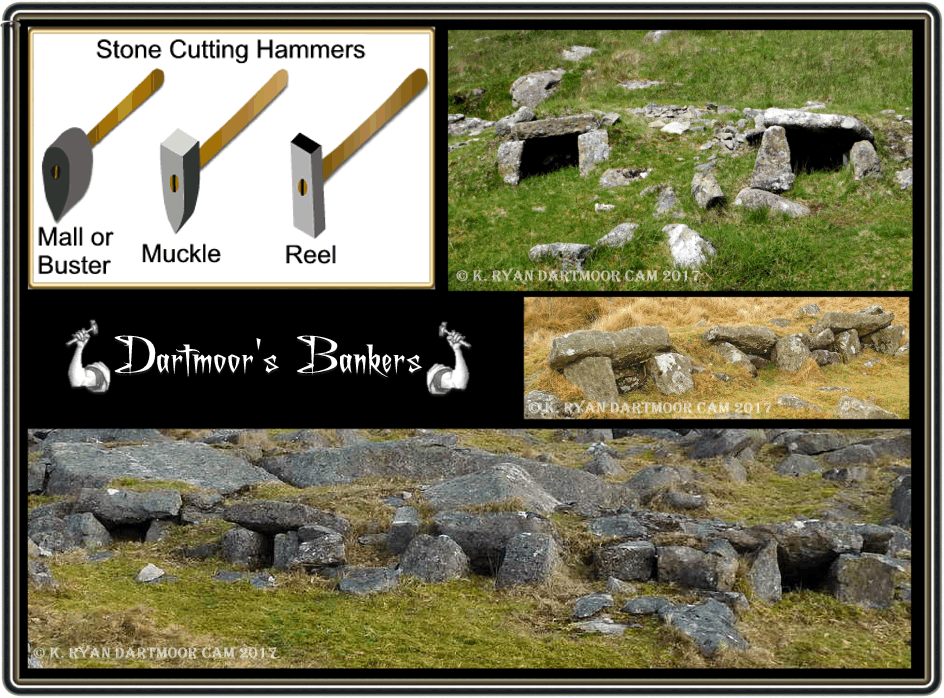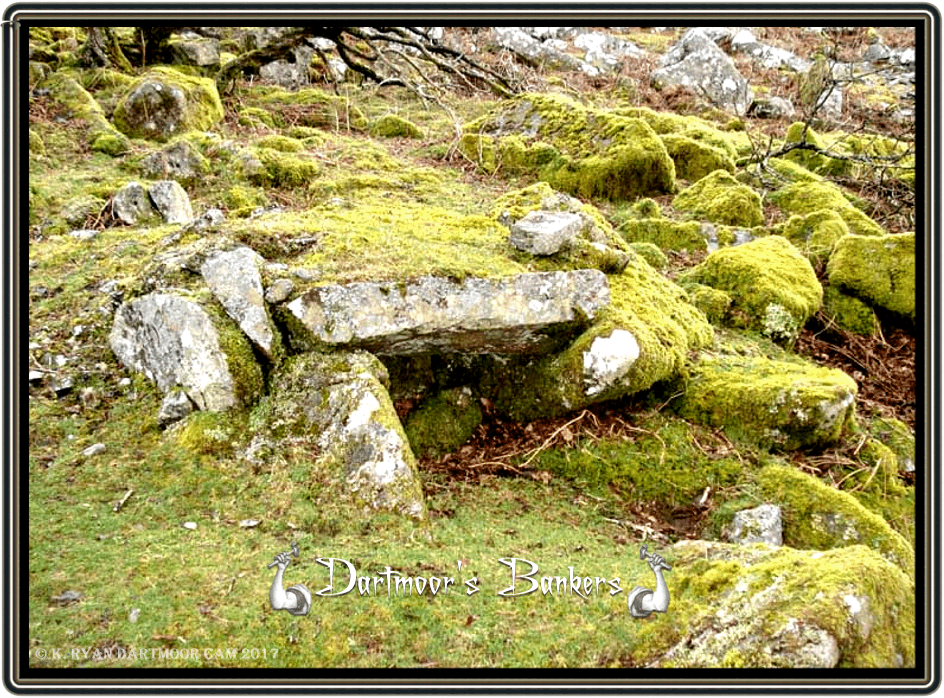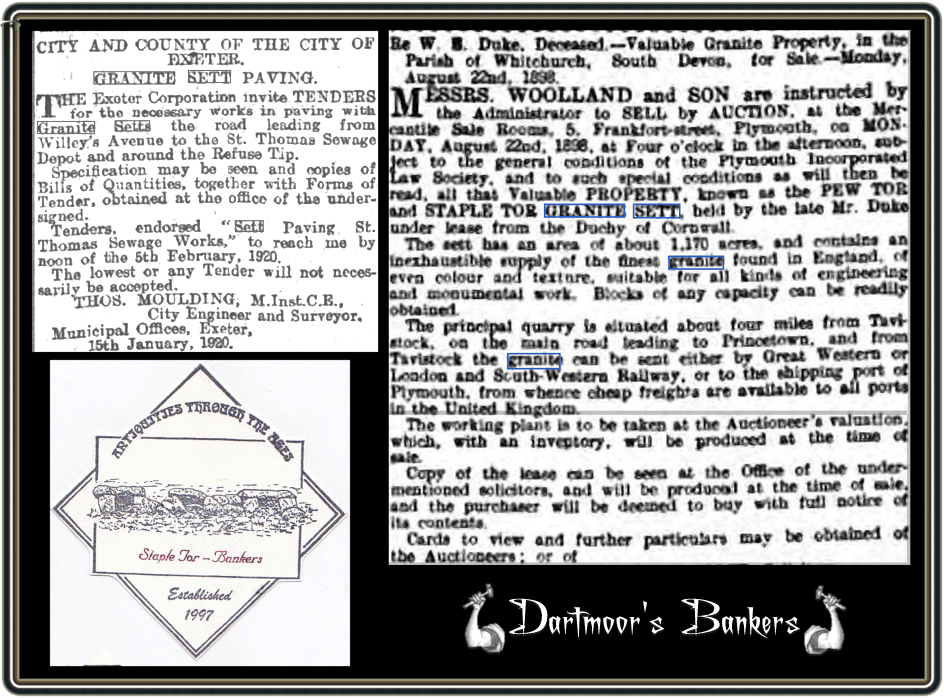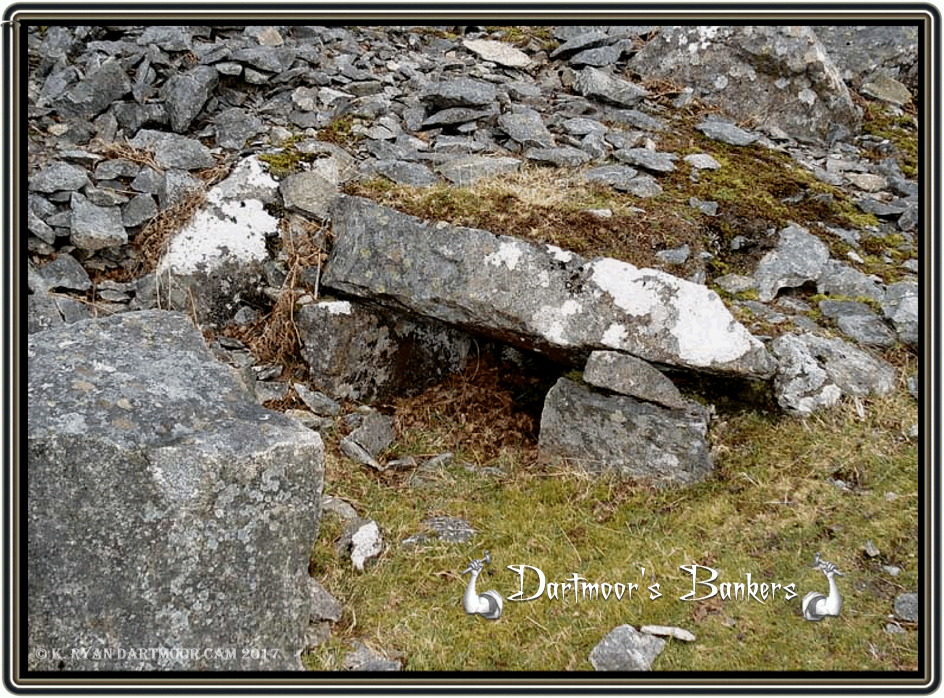
If you have ever watched Tony Robinson’s programme about the worst jobs in history you will have seen some very horrendous careers. However, there was one that didn’t appear in the series and that was the job of a Dartmoor sett maker. I would imagine that in these days it would be impossible to employ anyone to do this work as it would be illegal and there would be no applicants.
During the mid 1800s there was a rapid growth in the size of towns, this in turn led to the need for good road communications between the various urban centres. Both of these factors required good surfaces for both roads and pavements which resulted in an increased demand for paving stones, kerb stones and setts (small brick shaped stones). The peak of this industry was around 1870 and it lasted for between 5 and 10 years during which time Dartmoor was the main local supply source. Obviously hard wearing stone was needed for road and pavement surfaces and no better rock could be found than granite. In Devon there was no better supply of granite than on Dartmoor and in the case of surface stone this was found in the Merrivale area, especially on the Staple Tors.
When cutting moorland granite there were two options, firstly the stone could transported off the moor in large slabs and then worked in a yard. Or alternatively it could be cut and shaped insitu on the moor and then the finished article taken off the moor. The former method meant carrying large heavy slabs of granite whereas the second way meant carrying less weight as all the waste had been removed. On a cost and logistical basis it was cheaper to finish the stone on the moor and then cart it away to its destination. Effectively this meant that human labour was cheaper than the costs of horse transport.
So now we come down to the task of the sett makers, they would sit on the flanks of the tors cutting and shaping the granite into the required sizes. To put this into context, Staple Tor sits at an elevation of 450m and its flanks vary from 410 – 420m which means it’s totally exposed to the vagaries of the Dartmoor weather. The sett makers would sit at small, low benches made from granite slabs known as bankers where they would chip away at the granite blocks making kerb stones and setts. The construction of the banker meant that the stone cutter faced into the hillside with his feet protected by the bench slab. It also meant that the poor person had little option than to stand over the granite bench stooping down to cut the stone, this surely must have been back breaking work. Alternately the only other way of working at the banker was to kneel down infront of it. There must have been numerous injuries caused by a stray hammer-blows or flying chips of granite. The bankers were made by placing two vertical slabs of granite into the hillside and then capping them with a flat slab roughly a metre off the ground. The bankers either appeared in groups of 2 – 4 or are sited singly, maybe this catered for the social and anti-social workers?
The only shelter afforded to the sett makers was a temporary shelter built over and around the banker called ‘shakers’. In 1851, Murray (p.80) gives a clue as to what these shelters would have looked like when he describes seeing stone cutters on nearby North Hessary Tor as being protected by, “reed-covered frames“, later versions were made of corrugated iron sheets. Needless to say this meant that the workers sat out in the wind, rain and mists cracking relentless slabs of granite, as can be seen from the various photos below the bankers were extremely exposed to all waethers. . The granite would be cut into slabs which measured roughly 46cm by 23cm and were 13cm thick. These slabs would then be cut in half and broken down to the required size. The sett maker would then dress the stone with a hammer to form a smooth, well proportioned end product. The large blocks would be split with a hammer known as a mall or buster and then the waste would be chipped off with a muckle, the final dressing was done with a reel or dressing hammer, Stainer, (1999, p.63).
By using this method it meant that the source of granite was near to the banker and reduced the moving of the slabs. Once an area had be exhausted the bankers would be moved to a new location and the process repeated. The finished setts would then be carted off the moor in a flat bed wagon whose rear wheels being run into trenches. This had the effect of lowering the bed to a handy height for loading, Woods (1988, p. 276). The tools would be taken to the blacksmith’s shop for sharpening, one of which was located at Merrivale Quarry. Woods (p. 276) considers that this was situated on the lower slopes of Barn Hill near to the Grimstone leat.
The job was paid on a piece-work basis and the labourer could reckon to earn 1d a sett which meant for the average person they could cut around forty setts a day. This amassed a daily wage packet of 3 shillings and 3 pence which in modern terms equates out to about £10.50. Perhaps now it is possible to see why it would be impossible to employ anyone today for those rates and conditions.
On the opening of the nearby Merrivale Quarry much of the sett making was taken down into the quarry which was slight improvement for the workers. Much of the paving stone went to Plymouth in order to built the numerous miles of pavements in the city, many of which survive or have had the stone re-used in today’s pavements. The industry dramatically declined by the late 18th and early 19th centuries, one reason for this was the import of cheaper granite and granite setts from Norway, Sweden and Belgium. In 1928 the Western Morning News carried a report stating that in the January of 1927 14,835 tons of setts and kerbs were brought in from Norway and Sweden and in the March of that year another 8,344 tons of setts were also imported. The result of this foreign competition meant that in 1928 2,000 sett makers were unemployed. The other reason for the industry’s decline was the eventual introduction of tarmac in road construction.
The remains of the bankers can still be seen, especially on the eastern slopes of Great Staple tor where around about twenty examples can be seen. Today they are covered in lichen and moss and often hidden in a covering of bracken. The tell-tale signs to look for are the remnants of the waste piles made of the off-cut chips of granite. Other examples can be found on Foggin Tor, the Dewerstone and Lowery Tor. For much more information on the Dartmoor bankers and the sett makers I can recommend Simon Dell’s book – Dartmoor’s Sett Makers Bankers.

Murray, J. 1851 A Handbook for Travellers in Devon & Cornwall, John Murray, London.
Stainer P. 1999 South West Granite, Cornish Hillside Pub., St. Austell.
Woods, S. H. 1988 Dartmoor Stone, Devon Books, Exeter.
 Legendary Dartmoor The many aspects past and present of Dartmoor
Legendary Dartmoor The many aspects past and present of Dartmoor




